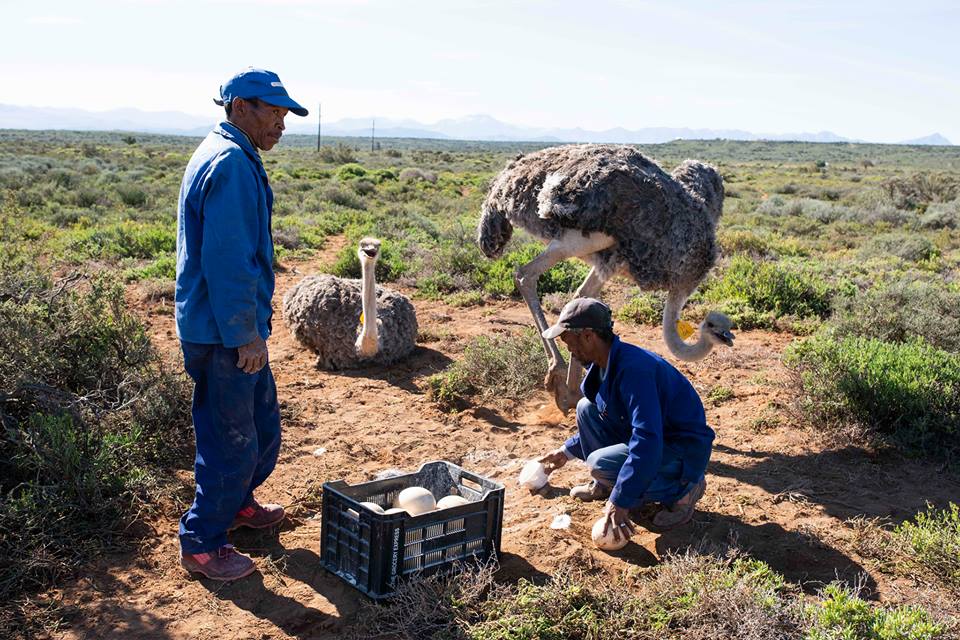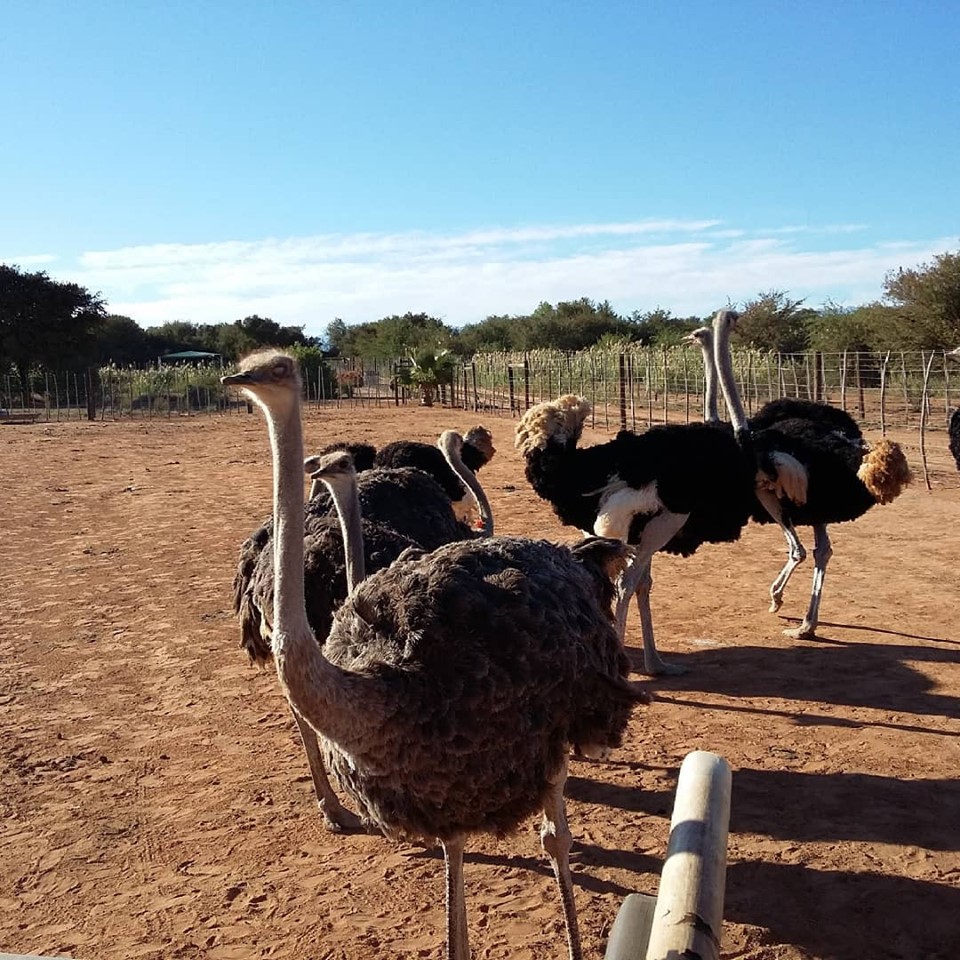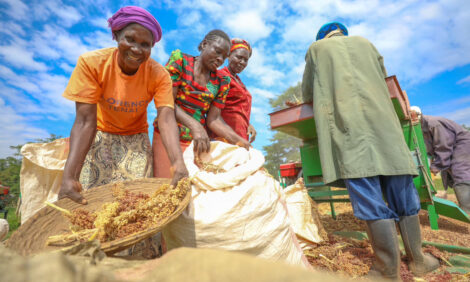



South African ostrich farmers try new strategies to stay afloat
With dry weather and avian influenza, ostrich farming in South Africa has had to adapt to difficult conditions to remain viable.With dry weather conditions and incessant outbreaks of avian influenza to contend with, it is becoming more and more difficult to farm ostriches in South Africa. However, the country still holds more than 60 percent of the ostrich-meat supply market and farmers there say they are having to try out new initiatives to stay afloat and to minimise revenue losses.
South Africa is a big producer and exporter of ostrich products such as meat, eggs and leather, and one of its major export markets is the European Union. But dry weather conditions in the Karoo region and in the southern parts of Western Cape, where the largest birds are reared, have impacted on production.
Joey Potgieter is an ostrich farmer in South Africa and also chairman of the Ostrich Producers Association. He says it has become difficult to farm ostriches in South Africa in recent years although his and other operations are battling on. Water scarcity is a problem afflicting most parts of South Africa and the country’s ostrich farms are bearing the brunt of this.
“The drought is since 2014 and some describe this as the worst in 100 years. So it is huge and the loss of income for the district is going towards R 2 billion [US$140.7 million],” he tells The Poultry Site by.
The South African Ostrich Business Chamber in the district of Oudtshoorn said in January this year that “the largest portion of the ostrich production is done in areas (Southern Cape and Karoo) where there’s a severe drought at the moment,” and that this was “affecting” production badly. “The farmers are suffering because of [drought].”

Potgieter says his operation produces about 4,500 ostriches per year and it is “busy increasing the birds (against all odds) to lower the cost per unit,” as a survival strategy to lower overhead costs. He adds that South Africa is producing a total of about 150,000 ostriches per year, a figure that other producers said is expected to go down owing to the drought conditions in the ostrich-producing regions.
According to Piet Kleyn, the chief executive officer of the South African Ostrich Business Chamber, there are about 360 registered ostrich holdings in South Africa, although active farmers number only around 200. Most of the farmers are merely managing to keep operations going as revenues and margins have taken a knock.
South Africa is major supplier on the global market but cannot export fresh ostrich meat at the moment because of earlier outbreaks of avian influenza.
“We can’t export fresh meat yet. We can export heat-treated meat but we have a lot of farms that are still quarantined because of an earlier outbreak of avian influenza, and that still needs to be addressed,” says Kleyn.
The European Union has just lifted a blanket ban on imports of ostrich products from South Africa and only recently lifted the ban on heat-treated meat. Beverley Schäfer, Western Cape Provincial Minister of Economic Opportunities, said the EU had implemented the ban. This was because the Department of Agriculture, Forestry and Fisheries’ residue-testing procedures did not meet the EU’s requirements.

Farmers Weekly magazine quoted Francois de Wet, general manager at ostrich-production firm Mosstrich, as saying resumption of full meat exports would help boost earnings for ostrich farmers in South Africa. “The resumption of exports will at least bring the potential of higher revenue for farmers,” he said.
But it’s not all gloomy for the South African ostrich farmers, as they are having to implement survival measures to stay above the current production challenges. Potgieter highlights that these measures include trying out new rations, slaughtering the birds early, farming them on other farms less affected by the conditions and rearing better-quality ostriches.
Kleyn also tells The Poultry Site that many farmers are undertaking conservation measures for feed-stocks which have become expensive and reducing labour to manage costs. It’s a balancing act, all aimed at surviving the current production headwinds, he notes.
“South Africa is still the leader by quite a margin in the world in terms of ostrich-products supply. We are still producing more than 65 percent of the world’s production. We focus on quality of the leather and quality of the feathers; we have an advantage because the rest of the world is not really focusing on the quality,” says Kleyn.
Moreover, says Schäfer, ostrich producers in South Africa “are willing to invest in breeding material and [this] signals well for the long-term future of the industry, as this will enable the industry to improve” on quality and productivity.
Producers see other major advantages for South Africa’s future as a global producer of ostrich products such as meat, eggs, feathers and leather. These include the vast knowledge that the country’s farmers have in cost-effectively raising ostriches, as well as their immense knowledge of breeding and related infrastructure and materials. Ready access to domestic and large international markets is also a good prospect for the country.
Combined with the rationing of inputs and labour, as well as other new farming methods, this should see the farmers hold on to their markets and maintain productivity.









